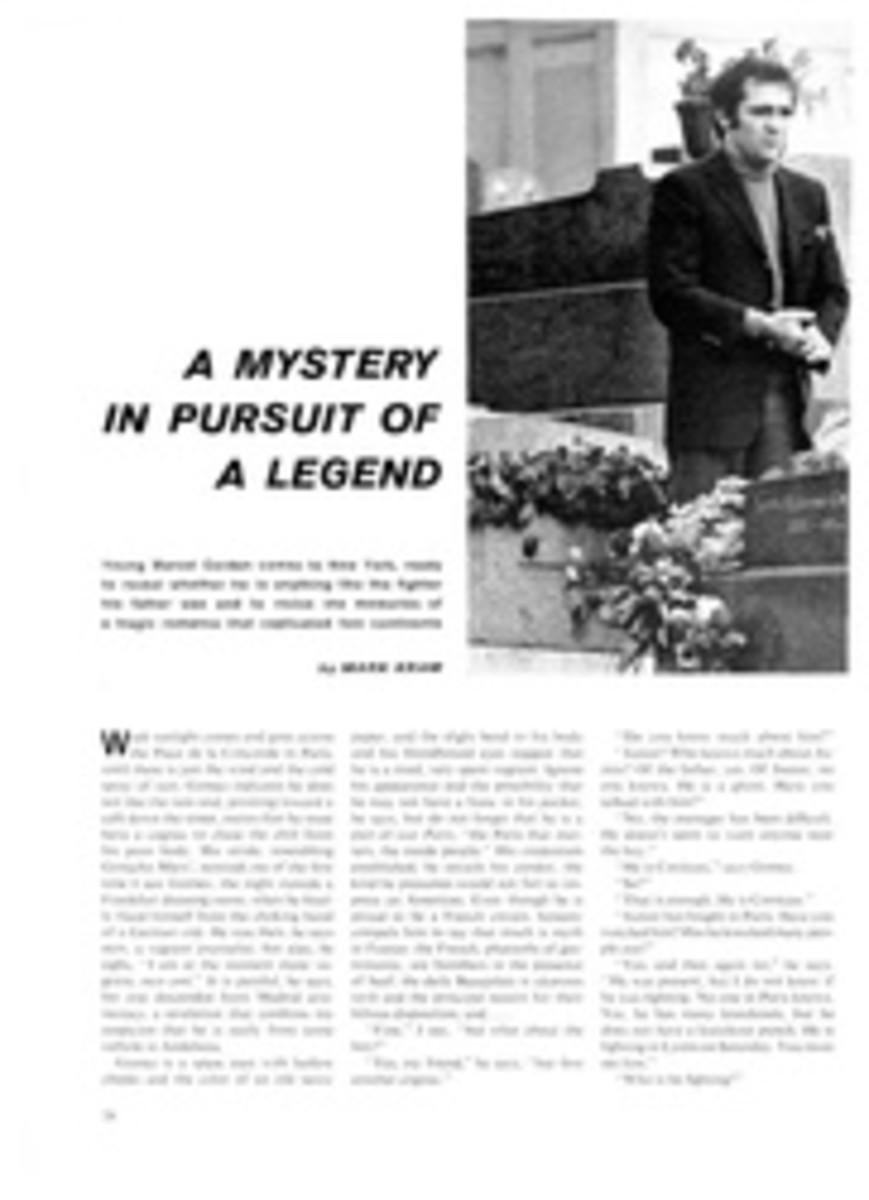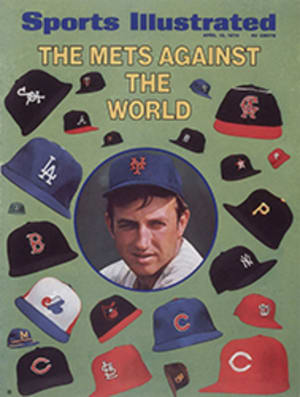
Expensive pictures of carved duck decoys reveal the fine art in their artlessness
In one of his duck-shooting articles Ed Zern compared decoys moored outside a blind to trucks parked outside a diner. The proprietor of a Pennsylvania diner, it is said, was so struck with the thought that he actually assembled a fleet of dummy trucks to stand outside his eating place.
There is, however, one important difference between a tired and hungry duck and a tired and hungry driver. A dummy truck must at least look like the real thing, but a decoy, as Zern himself points out in a new and expensive book, The Classic Decoy Series (Winchester Press, $100), can assume many shapes and still attract victims.
In Zern's words and in watercolors by Milton C. Weiler, the Classic Series illustrates the work of 24 of the men who made these quaint and often beautiful objects. They were not conscious artists at all but boatbuilders, carpenters, gunsmiths, carriage painters or otherwise skilled workmen and their aim was strictly utilitarian.
Yet much of their work evinces a kind of artistic genius. In his brief foreword to the book, William J. Mackey Jr. calls the decoy makers creators of a new form of folk art.
They took all sorts of liberties with nature. A brant carved by Nathan Cobb about 1860 had an elongated, boatlike body, with an arched neck made from a holly root. Harry Shourds' hollow-cedar old-squaw drake had a vaguely fish-shaped body surmounted by a head that looked as if it had been carved from ivory. A redhead drake carved by Lem Ward resembled a child's toy—a puffed-up back, a velvety maroon head, a proud bill and a shining glass eye conveying an impression of dignity and calm. Put wheels on it and you could imagine it being pulled around a nursery. Captain Ben Holly's green-wing teal hen, which he made in Havre de Grace, Md. about 1865, was at the opposite extreme—a slight, graceful, shapely bird, appearing to be almost tame and at rest.
The Classic Decoy Series is the first book of the Winchester Press, a subsidiary of the arms company. Its high price is accounted for by the fact that only 1,000 copies were printed before the plates were destroyed. The book is so designed that the individual paintings can be removed and framed. The press, whose editor is William C. Steinkraus (an Olympic gold-medal winner and champion of the U.S. Equestrian Team), plans to bring out about 35 books a year, but whether enough readers will be interested in decoys to make the first of the series pay off is still to be determined. Despite its handsome appearance, the book suffers from a lack of elementary information, and follows faithfully a tradition long established in the literature of field and stream whereby authors seem more eager to impress than to educate their readers.
Zern begins his essay on decoy maker John T. Corwin's whistler drake with these words: "I was invited to fish a small salmon river on the North Shore of the St. Lawrence...." His comments on a brant carved by George Oakley open in this fashion: "I was in Morocco to shoot driven snipe with Bertrand des Clars and Peter Capstick...."
The result is a breezy and sometimes amusing exercise in name-dropping but it doesn't tell us much about decoy makers—the only artists whose fame depended not on how their works appealed to human beings, but how they seemed to ducks.

